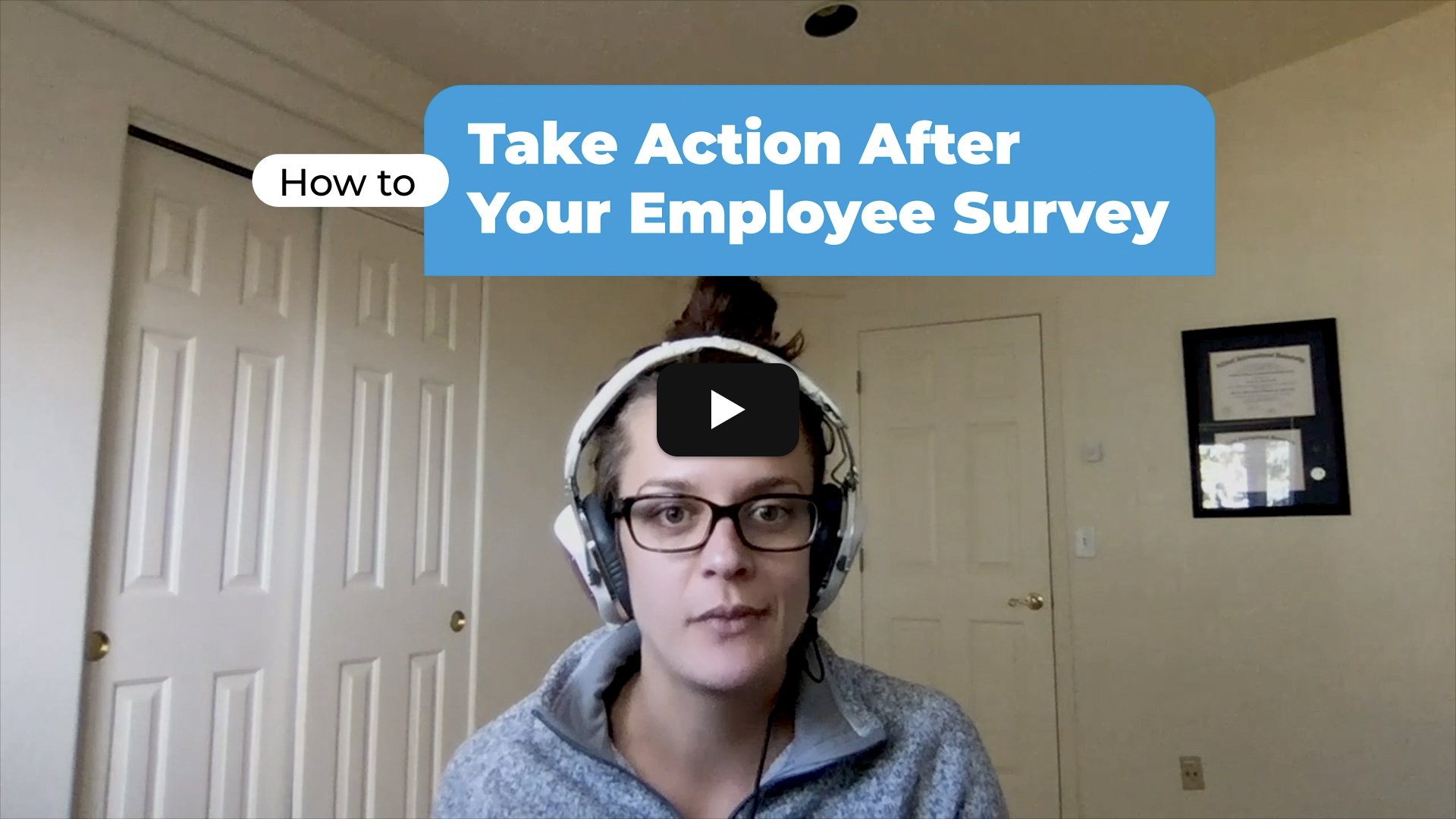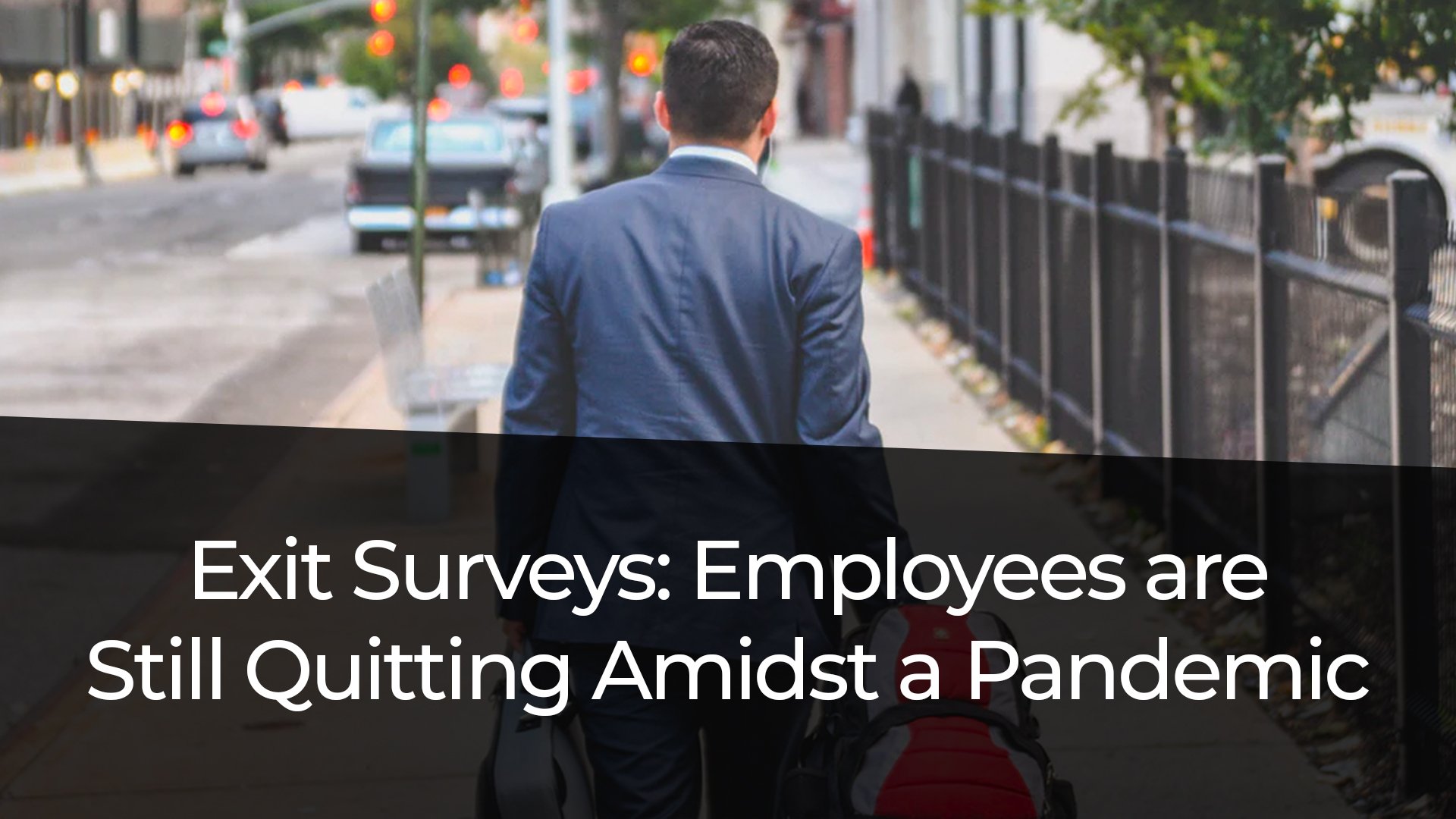
Leaders must not take their focus off critical issues of inclusion and diversity within their organizations.
Diversity and inclusion - long a buzz term lumped together - are two separate yet linked words. Diversity refers to the differences and similarities of the employees that make up an organization, such as gender, race, sexual orientation, education, language, and more. Inclusion means having an environment where all employees have equal access to resources and opportunities.
Diversity is absolute; you can measure the percent of diverse employees in your organization and set target goals for improvement. Inclusion, on the other hand, is relative to how everyone else is treated. For example, if there is an inner circle at your organization made up people who are most similar to the CEO, it suggests that the organization is less inclusive of diverse individuals. As a result, inclusion can be trickier to understand and measure than diversity, but just as critical.
Diversity and inclusion efforts spiked in 2020 after the murder of George Floyd, but according to news reports, efforts have started to wane more recently. We can cite the research that shows why a diverse and inclusive organization is good for business, but fundamentally, these efforts are both needed and the right thing to do. That’s why we’ve offered free DEI&B consulting for the month of June in honor of pride month, and are making it available to any organization, client or not, who wants help with their efforts to measure their organization.
[Related Blog: Supporting LGBTQIA+ Employees During Pride Month - And All Year Long]
Why conduct a DEI&B survey?
Hearing specifically from the people most impacted helps give you a clear picture of your landscape, understand specific pain points, and identify areas for improvement.
Understanding the results
Depending on your organization, some of the demographic categories may be small when you review the results. While survey practitioners tend to restrict responses from groups with a small n size, that may not be advisable if you actually want to hear the voices of minority groups within your organization. While you would only report on groups that are above minimum n, it’s important not to suppress groups that may be statistically small but still meet minimum n. These surveys require thoughtful communications so that employees understand the intent of the survey, the planned action, and full disclosure about how confidentiality will be handled. Comparing the survey results to other measurement efforts – such as retention or hiring data – can help you get a more complete picture.
Acting on the results
For the survey to be effective, you need to take action. We recommend being transparent with your employees; make them aware of what the survey demonstrated, and how you plan to use the feedback to drive change. Empower employees to help with these efforts by organizing focus groups or task forces and make them open to everyone. OrgVitality often helps clients create a survey on Action for Inclusion to help organizations administer a diversity survey assess their action impact throughout their journey.
[Learn More: Embedding DEI&B Measurement into Employee Survey Programs]
Have questions? We’re here to help.
OrgVitality is committed to amplifying the voices of minority and marginalized employees, to helping create better working environments for all employees, and to doing our part to help make the world a more just place.
Author

Dr. Victoria Hendrickson is a partner and vice president in the consulting department at OrgVitality. She works to strategically design and administer employee surveys, customer surveys and linkage research. Across these tools, she works to gather data that helps leaders address their organization’s unique strategic challenges and to present findings as an insightful story that guides meaningful change. Victoria comes to OrgVitality with a background in organizational development and leadership development. She conducts applied research on topics of survey comments and organizational ambidexterity and regularly presents at national and international conferences. Victoria received her undergraduate degree in Social Psychology from Saint Mary’s College of California, and her Ph.D. in Organizational Psychology at Alliant International University.







